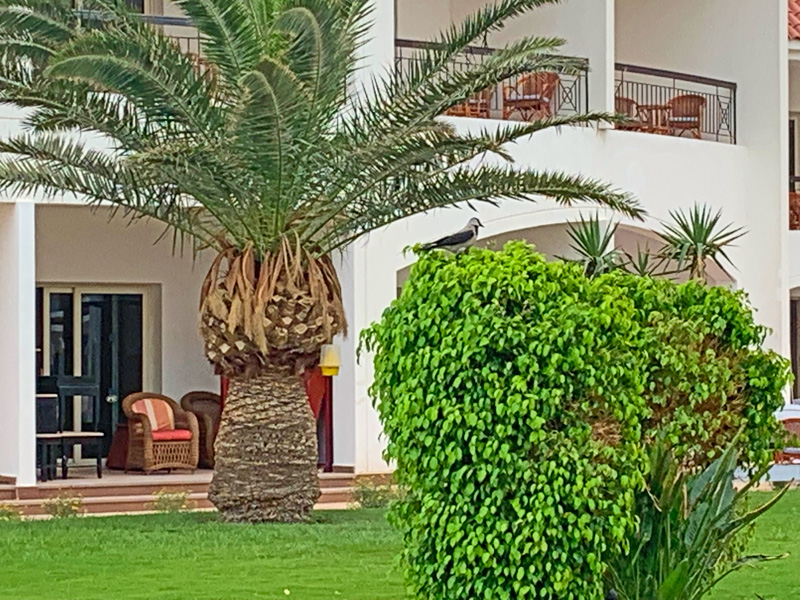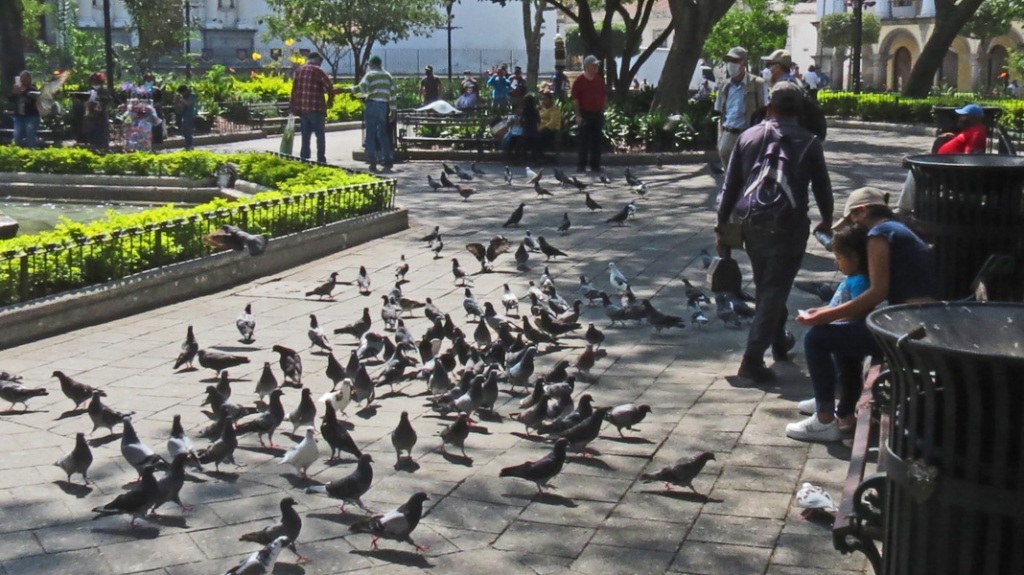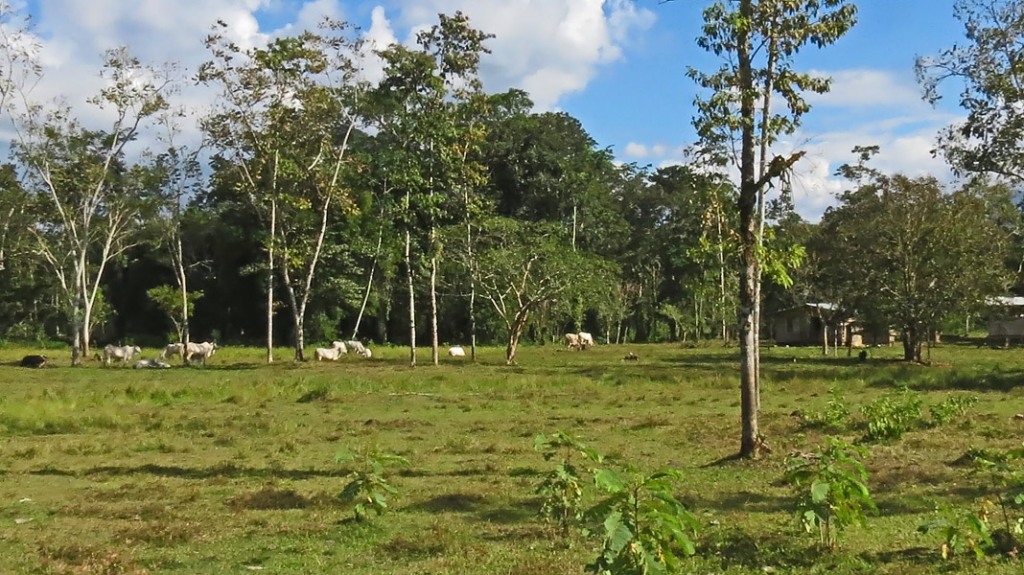
Select this link to see bird photos photographed in Egypt
While in Egypt there were few different birds seen and their distance was usually from afar. The Hooded Crow was the one I most commonly saw.
May 2, 2022

Select this link to see bird photos photographed in Egypt
While in Egypt there were few different birds seen and their distance was usually from afar. The Hooded Crow was the one I most commonly saw.
April 10, 2022

Select this link to see bird photos photographed in Guatemala
March 11, 2022

Select this link to see bird photos photographed in Costa Rica
December 16, 2019
August 12, 2019
Select this link to see bird photos photographed in Kenya, Africa
Select a photo to see a slideshow and see the birds name
September 21, 2018

The Northern Crested Caracara was photographed at the Minnesota State Fair with a demonstration by Falconer and Veterinary Technician John Karger.
Select this link to see photos of the Northern Crested Caracara
A large, long legged, long necked dark bird often seen feeding with vultures. It has a white chest, black belly, head top, and wings, orange-red face, yellow feet, and whitish dark tipped tail. It has a range of southwestern United States, to Florida, and to South America. It has a habitat of prairies, and range-land. It feeds on carrion, frogs, lizards, snakes, turtles, fish, and small animals.
Falconer and veterinary technician John Karger, and founder of “Last Chance Forever” The Bird of Prey Conservancy headed the presentation of the Northern Crested Caracara.
Select this link to see info on Last Chance Forever
September 1, 2018

The Crested Caracara was most impressive of the rapture presentation, being beautiful, agile, fast, and powerful.
Select this link to see photos of the rapture presentation
Double click the first picture to view the pictures and comments
The following birds were presented:
Harris’s Hawk
Great Horned Owl
Barred Owl
Red Eastern Screech Owl
Gray Eastern Screech Owl
Black Vulture
Northern Crested CaraCara
Bald Eagle
Falconer and veterinary technician John Karger, and founder of “Last Chance Forever” The Bird of Prey Conservancy headed the rapture presentation. All birds of prey were from the conservancy and were rehabilitated and were at one time sick, injured or orphaned birds of prey.
Select this link to see info on Last Chance Forever
August 29, 2018
Select this link to see photos of the Piping Plover
The Piping Plover is a small pale bird, the color of dry sand, with an incomplete dark ring around the neck, and throat, belly and undersides white, with yellow legs, yellow beak with a black tip. In winter the legs and bill are dark. It has a range of south Canada to northeast and central United States. It has a habitat of sand beaches and tidal flats. It has a diet of insects, marine worms, and crustaceans. It moves about in quick fashion and abrupt stops, and is hard to see when on the sand when foraging by pecking.
August 23, 2018
Select this link to see photos of the Harlequin Duck
The male Harlequin Duck is a small slaty duck with chestnut sides and odd white patches and spots. The female Harlequin Duck is a dusky brown with three white spots on the side of its head, and no wing patches. It has a habitat of mountain streams in summer and rocky coastal waters in winter, and favors extremely turbulent streams. Its diet consists of mollusks, crustaceans, plant material, and insects.
August 18, 2018